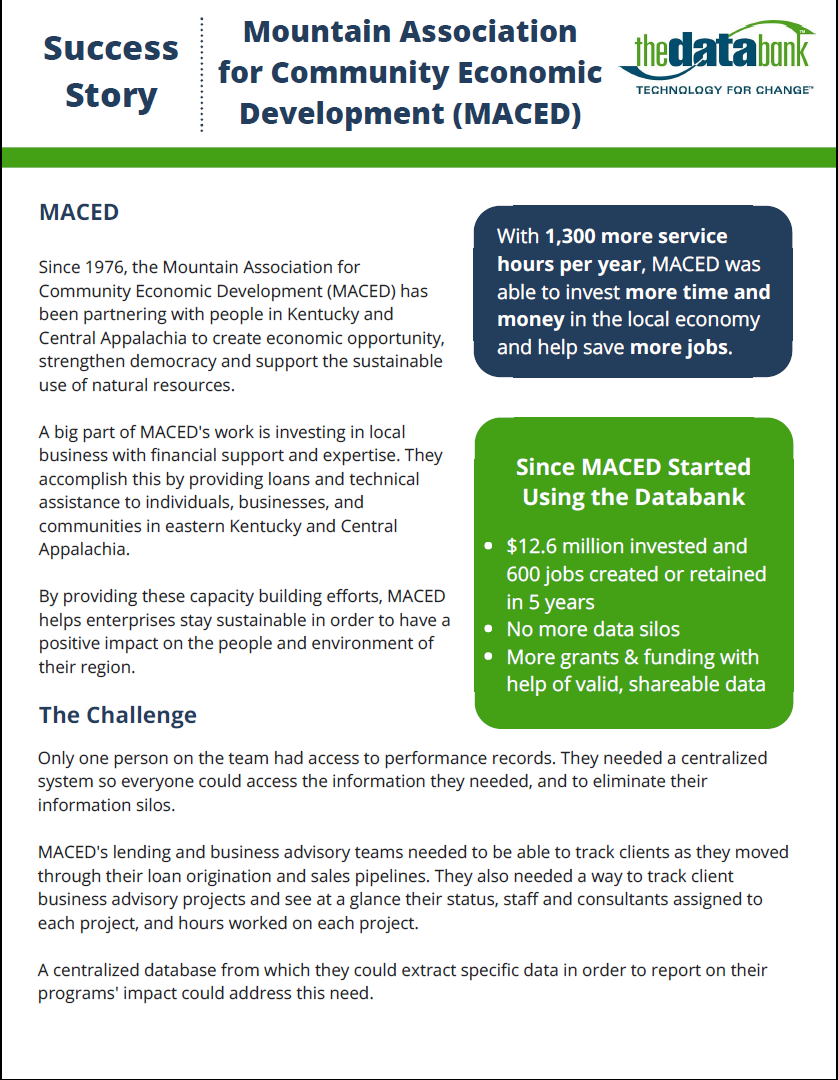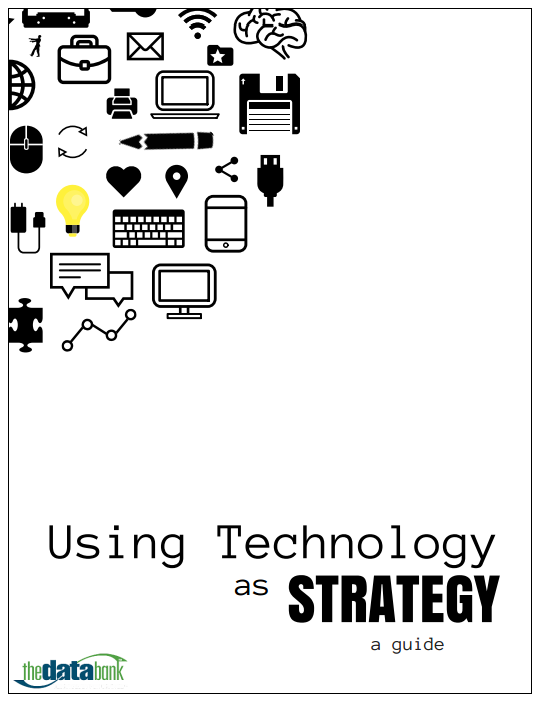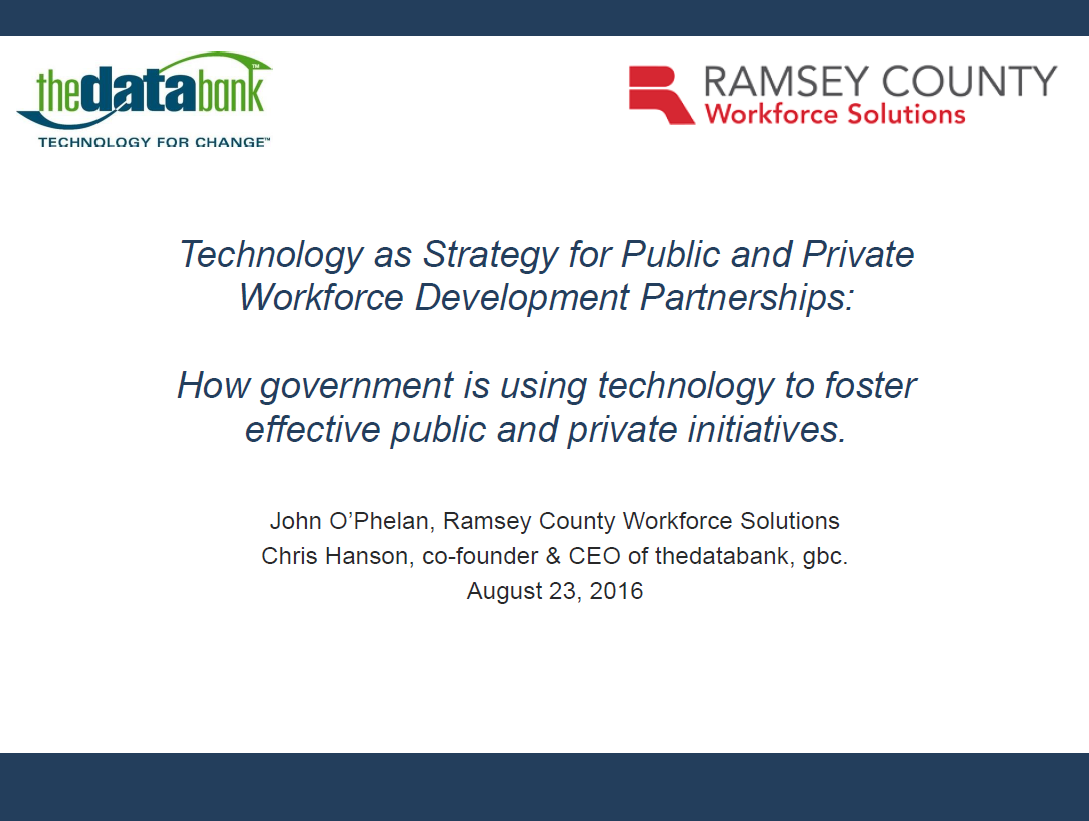By Chris Hanson
CEO & Co-founder of thedatabank, gbc
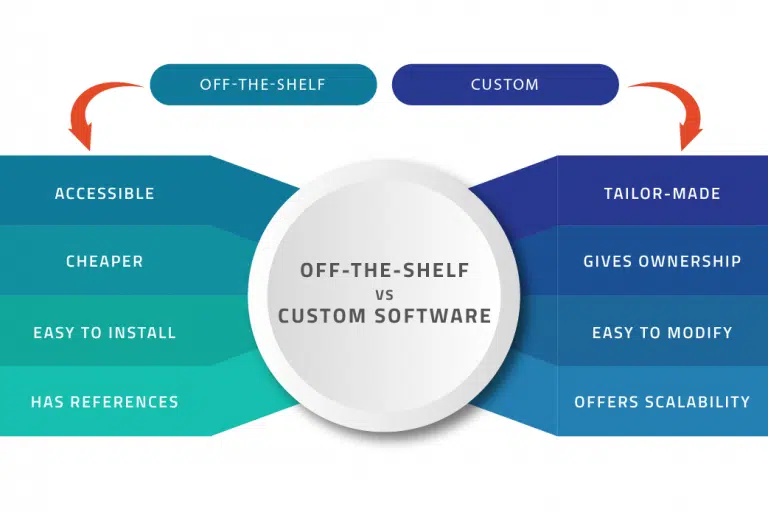
If you’ve read any of my previous posts you probably know I’ve been working in the nonprofit technology sector for several decades. In 1997, we had an idea of using the Internet as a way to access the fundraising campaign management system we had developed for our clients some 10 years earlier. In November of 1998, we launched that new system and became one of the early pioneers of what is now called SaaS (Software as a Service).
One of the challenges of being a “pioneer” is getting people to accept what is new and different. Twenty years ago, the idea of moving your organization’s valuable data offsite to a remote location was a difficult decision. How secure would it be? Would I be able to access it as needed? These were just a couple of the concerns people had. Today of course, using a remote hosted software service (SaaS) is the norm.
One of the many benefits of subscribing to a SaaS system is the costs to develop, maintain, and support such a system are shared across many users reducing the cost for each user. This is made possible for even small organizations to afford things like great fundraising management software that were previously out of their financial reach.
While off-the-shelf SaaS has made many things possible for nonprofits that were previously not affordable, it’s not the answer to every organizational software need. While many SaaS systems for nonprofits have ways to configure aspects of the software for each user, many nonprofits have unique needs that cannot be effectively met by off-the-shelf systems.
What do I mean by off-the-shelf software? Basically, off-the-shelf software is developed to accommodate the needs of a large group of users without any necessary modification. Fundraising Management software is a good example of this. Most fundraising management software has been developed to be used by as many different types of organizations and users as possible. This way the software has a much larger potential market creating more profit opportunity for the developing company. Because of this, most off-the-shelf software has way more functions than are needed by many of its users.
A result of off-the-shelf software is that processes are standardized across all users, so users are required to use the software in the way the developer developed it, rather than the way they might prefer. These trade-offs are just the reality of balancing functions and costs in off-the-shelf software.
In the last 10 years we’ve seen a growing need in nonprofits for software that goes beyond general needs across many organizations, to software that addresses unique, specific needs on an organization. Historically these needs were usually addressed by using multiple systems or developing custom software from scratch. Using multiple systems to address a need usually results in user inefficiencies and inconsistent data. Building custom software from scratch can be very costly and often lacks the support that most off-the-shelf software provides.
An emerging trend in software for nonprofits is what is called Hybrid Custom Software. With the Hybrid model, most user needs are addressed with an existing software system. Then custom development is done to address the unique user needs. The model we use here at thedatabank is 80/20. Eighty percent of the user needs are met by our existing Databank system which is highly configurable. Custom development on top of the existing system, addresses the other unique twenty percent of the user needs. 80/20 is a general guideline but in our experience, this is pretty typical.
What are the advantages of this Hybrid model? First, the user gets a system that is built to address their unique needs as an organization. This makes the system more efficient and effective. Second, because only a small portion of the solution is custom built, this significantly lowers the cost when compared to a fully custom-built solution. Third, because the solution is based on a secure, proven, hosted system, the user gets ongoing support and maintenance for as long as they use the system.
Program management is one area where nonprofit organizations often have unique needs that cannot be effectively addressed with off-the-shelf software. This can be especially true if your program requires you to manage interactions between multiple user types. For example: you might need to work with clients, service providers, funders, and staff in order to effectively manage your program. Having a software system that provides each of these user types with the information and tools they need, in the way they need it, will most likely require custom development.
So, if your organization is not getting what you need from your current software, looking at a Hybrid Custom solution might be the right answer.
Check out the replay of our live discussion event: Custom versus Off-the-shelf Software for Nonprofits

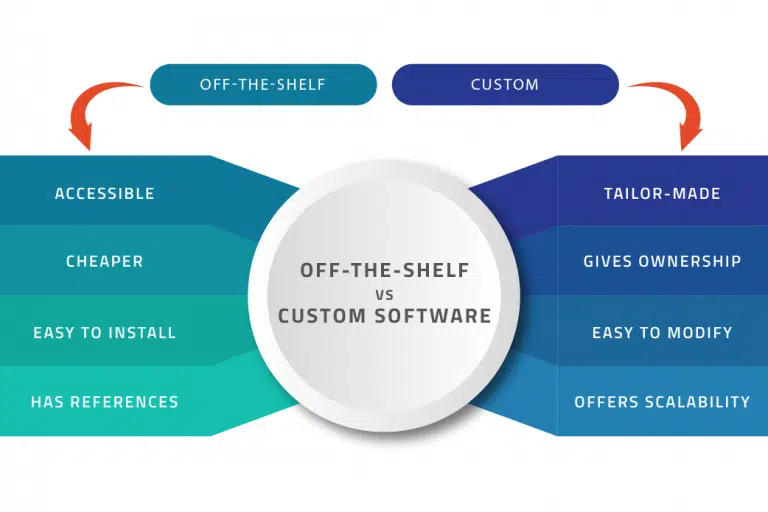




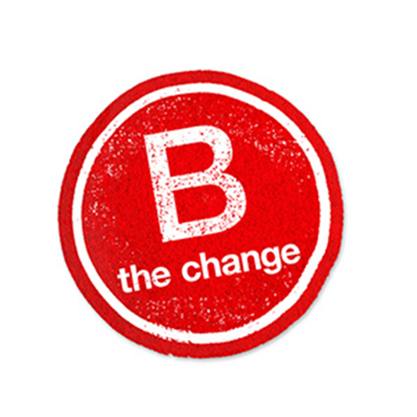


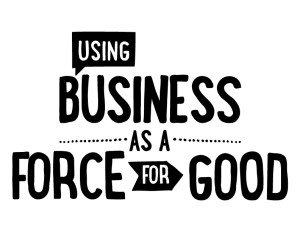
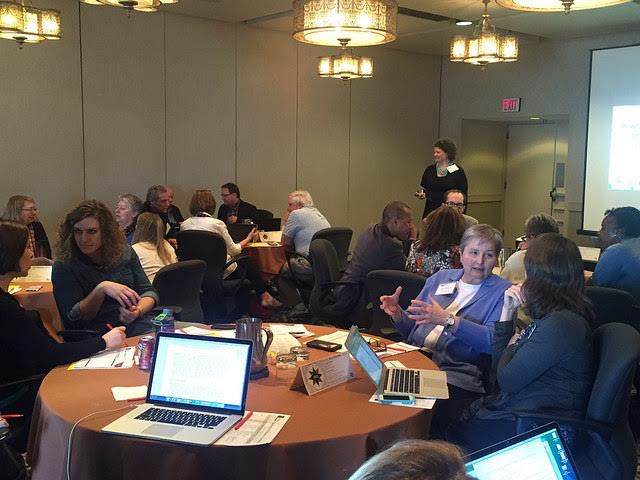
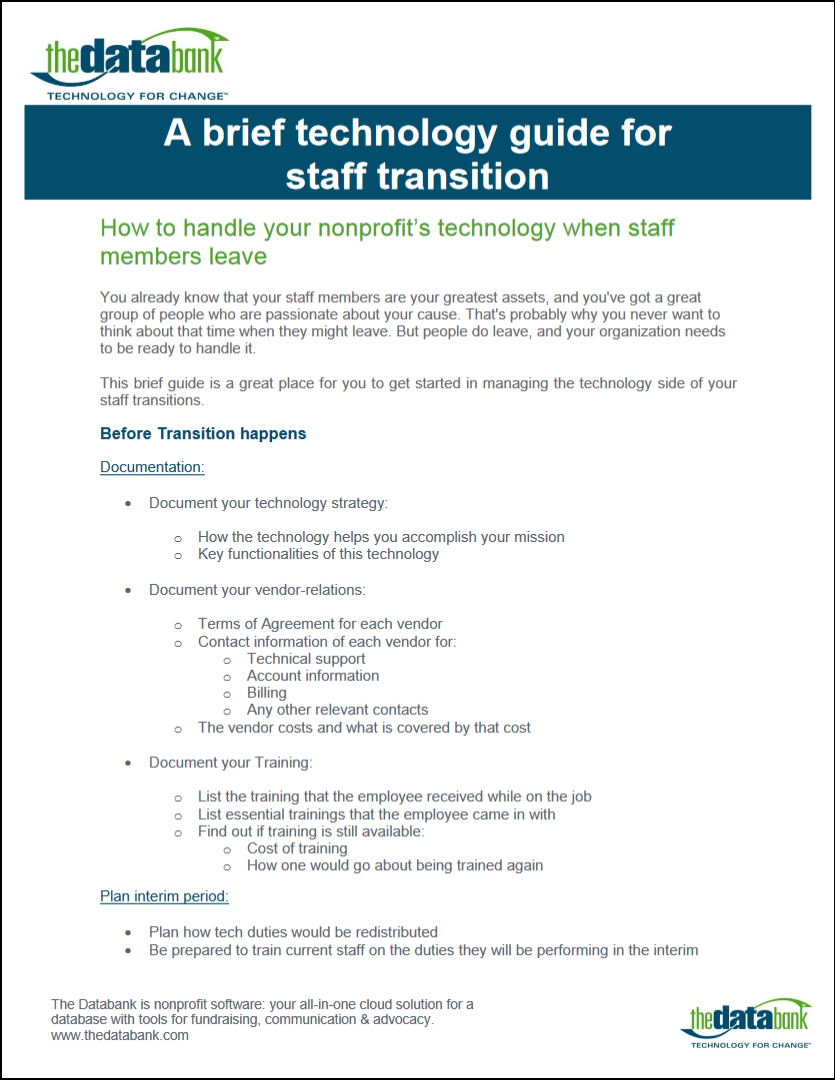

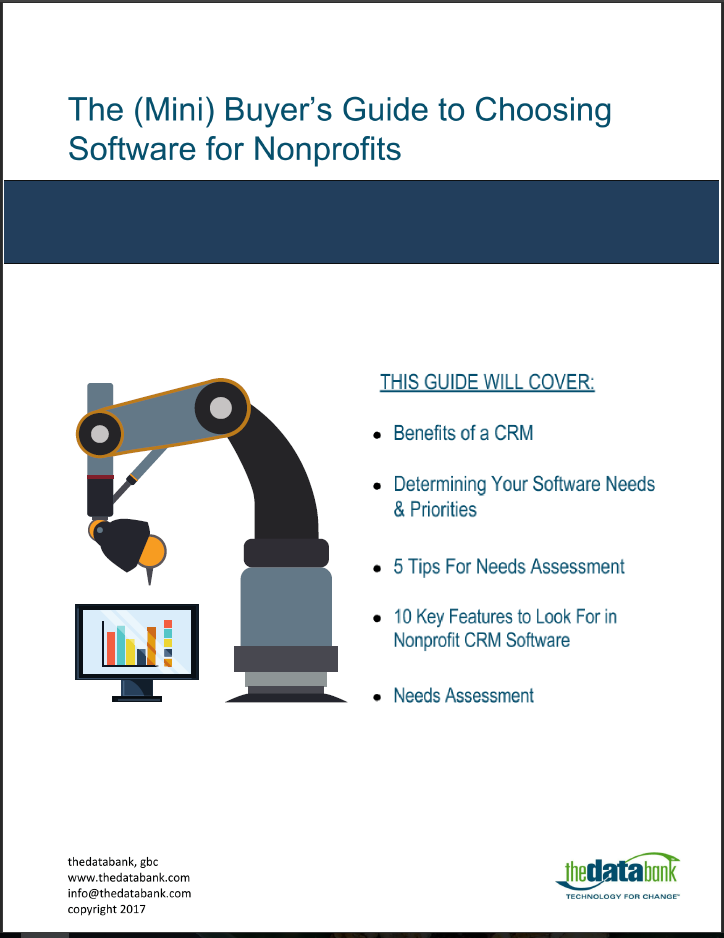
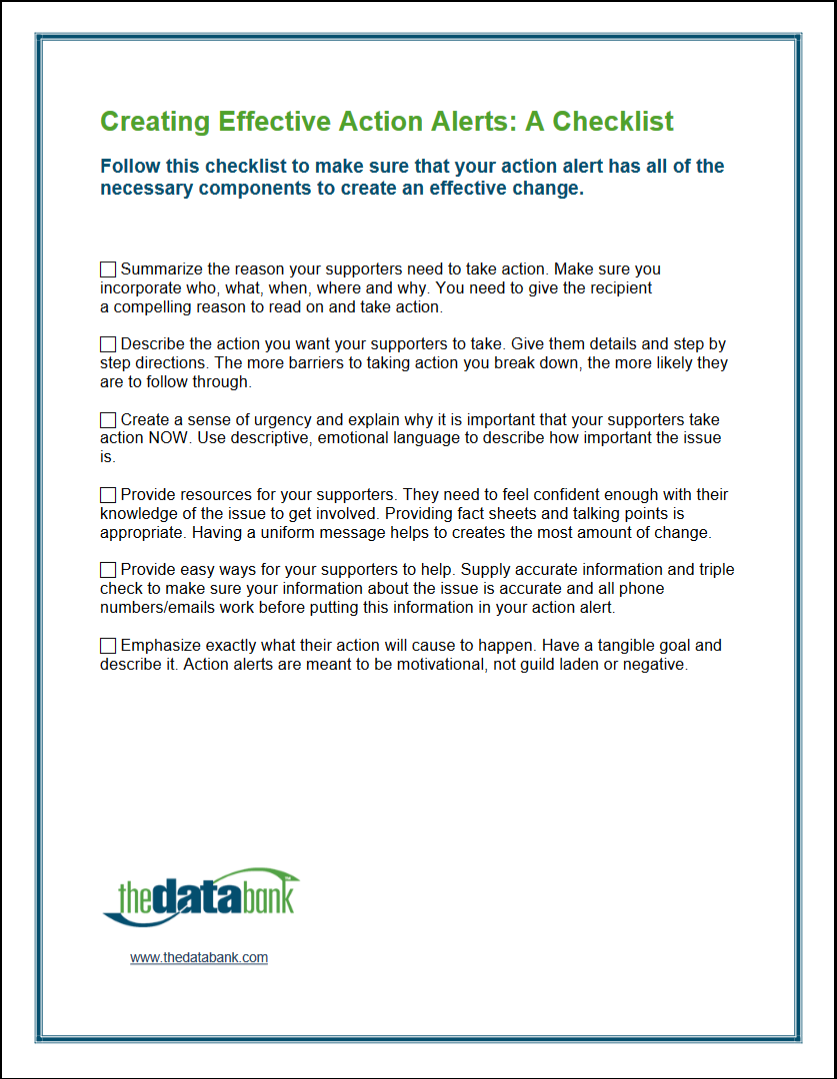

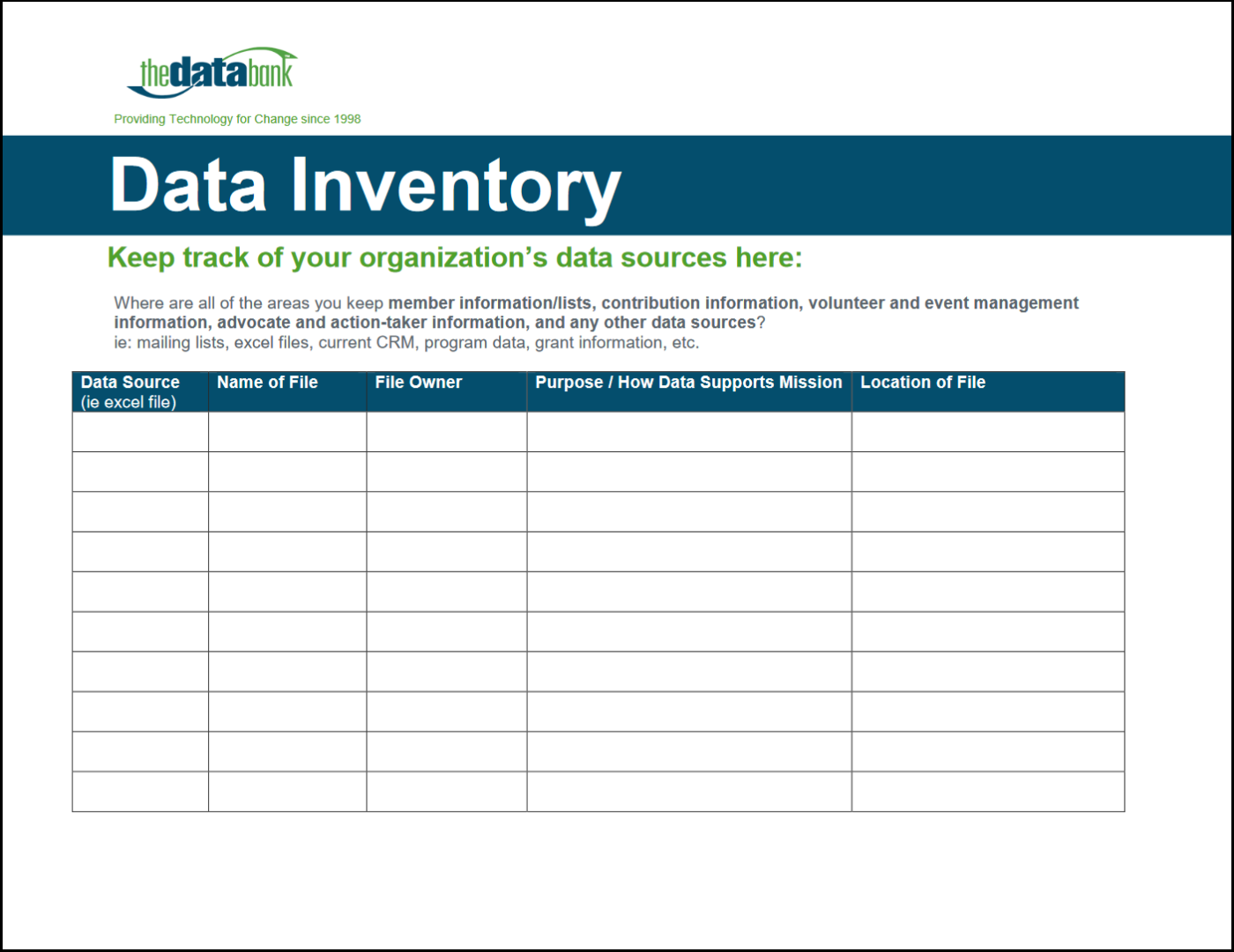


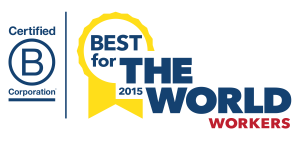

 thedatabank, gbc is technology for change, and we walk the talk.
thedatabank, gbc is technology for change, and we walk the talk. 